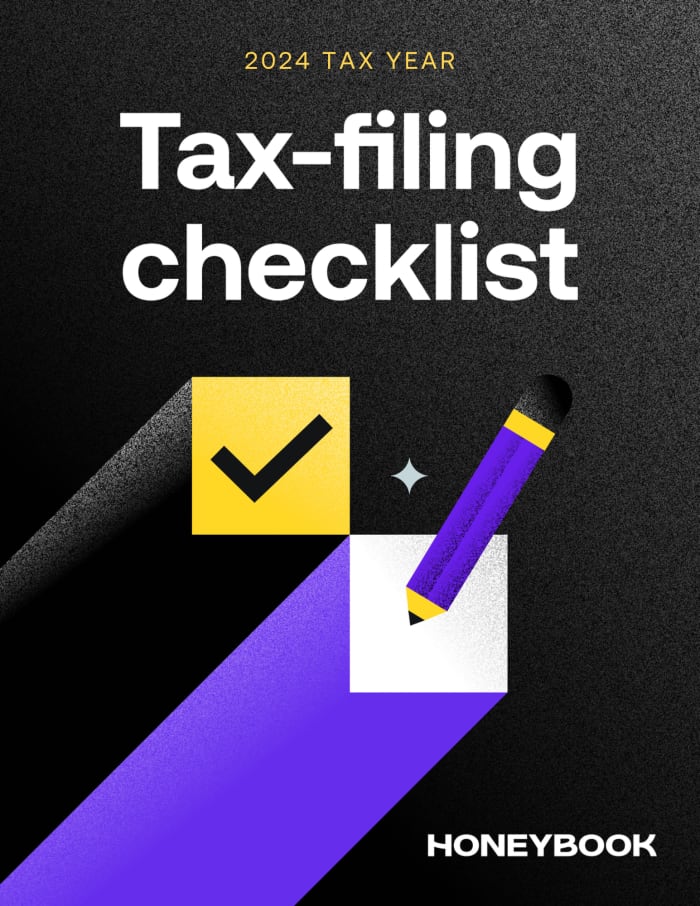The Self-Employment tax is a tax on individuals who are self-employed, which consists of Social Security and Medicare taxes. The Self-Employment Tax covers both the employer and employee portions of the Social Security and Medicare taxes that would normally be split between them if they were working for another person or company. Employees who receive a W-2 only pay half of the total Social Security (6.2%) and Medicare (1.45%) taxes, while their employer is responsible for paying the other half. However, self-employed individuals must pay both portions of the taxes themselves; 12.4% for Social Security and 2.9% for Medicare.
This means those who are self-employed bear more responsibility than those who work in traditional employment situations, as they need to ensure that the funds needed to cover these taxes are available when required.







